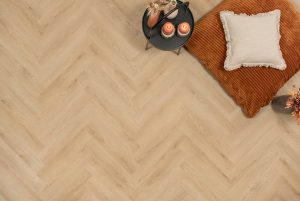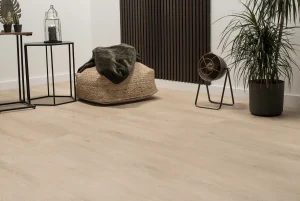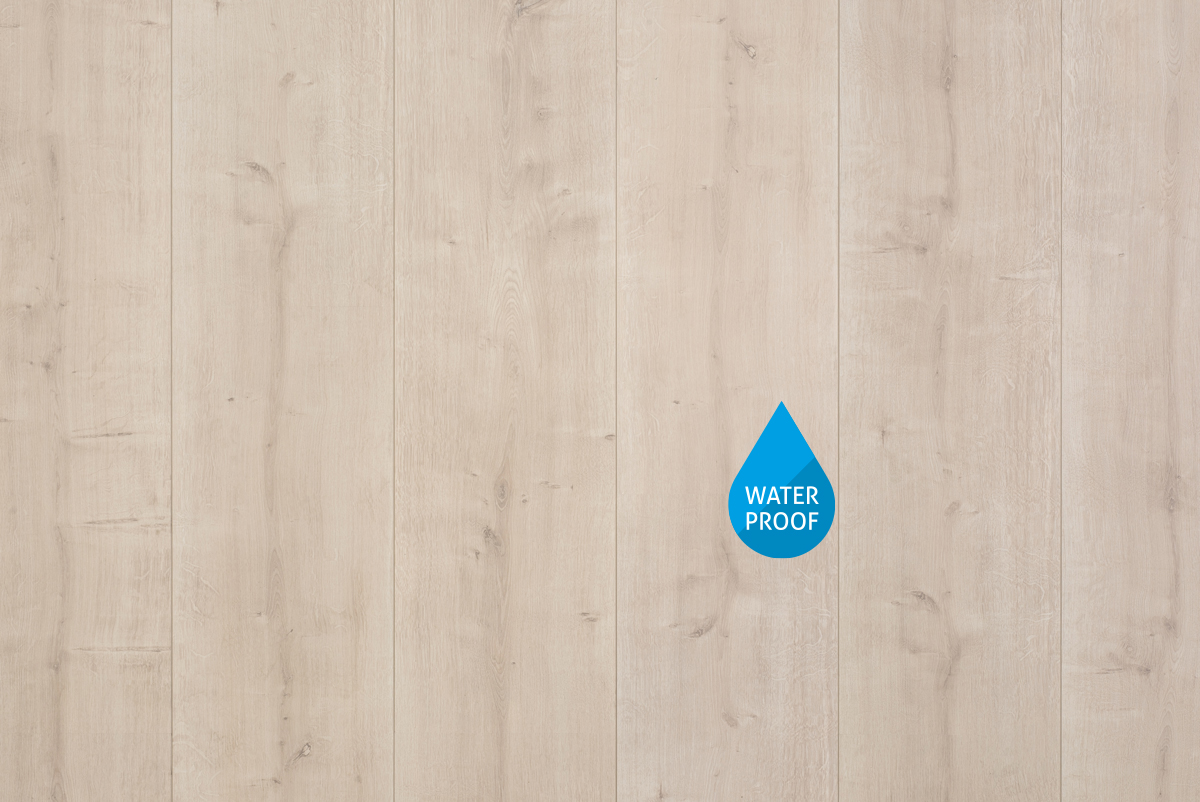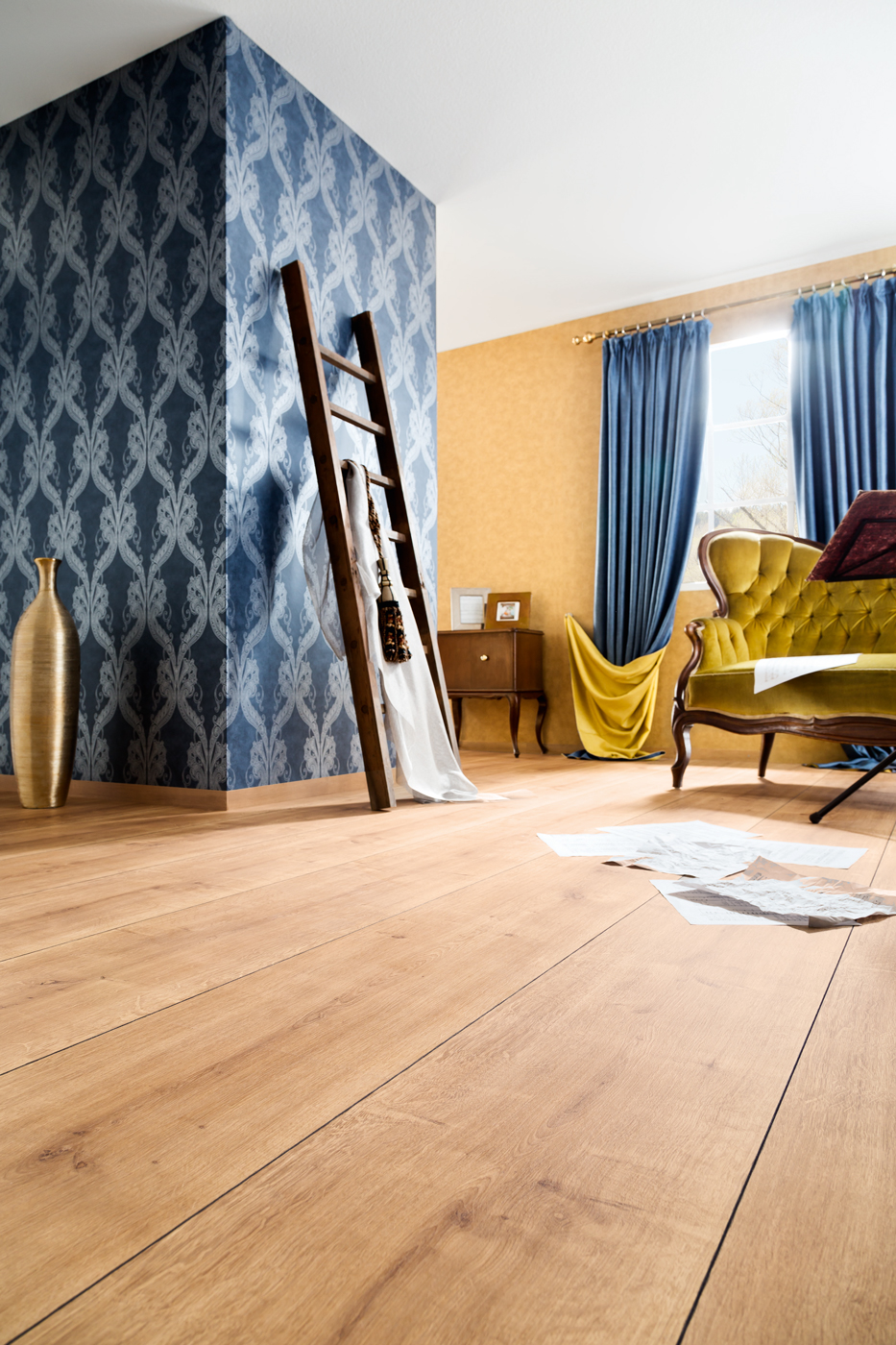
If you recently purchased a new Floer and had underfloor heating installed, this blog is for you! With a new floor and underfloor heating, it’s crucial to follow the heating protocol to avoid damaging your laminate, vinyl, or parquet floors. Though somewhat technical, the protocol is important to preserve your floor and prevent issues such as cracks or warping. So, grab a pen and paper, and let’s get started!
What is the heating protocol?

You may have heard of the heating protocol, but what exactly is it and what does it involve? The heating-up protocol is a crucial procedure that should be followed when installing underfloor heating and a new floor. This protocol ensures that the underfloor heating functions properly and that the floor is not damaged
Why follow underfloor heating protocol?
Temperature and stress variations can cause the screed (the cast floor on top of the underfloor heating) to shrink or expand. This can eventually lead to cracks and/or leaks, which you definitely don’t want! Additionally, these differences can affect your floor, causing the glue to come loose or mold to form between your subfloor and floor covering. Therefore, it is necessary to allow your underfloor heating to warm up slowly and gradually. We refer to this gradual warming up of the underfloor heating as the heating protocol.
How long does the protocol of heating last?
The heating protocol for underfloor heating varies depending on the type of floor and the thickness of the screed. On average, it takes a few days to a week for underfloor heating to heat up and cool down. Keep reading to determine how long your floor needs to adjust to underfloor heating.
The heating protocol in 5 steps
Before installing your Floer, it is important to carry out the heating protocol to ensure that the screed is undamaged. Even after the installation, you should still follow some steps of the heating-up protocol to prolong the life of your Floer. In five simple steps, we will explain the heating protocol to help you enjoy your Floer for as long as possible.
Step 1
Before turning on the heating, ensure that the screed and structural floor are completely dry. Moisture can cause damage to the floor, and if the underfloor heating is switched on while there is moisture present, the moisture may evaporate and eventually get into the flooring. This can result in warping of straight or herringbone laminate planks, loosening of the glue, and even mold growth under the floor. To avoid this, have a professional conduct a moisture measurement before starting the heating protocol. This will help ensure that there is no remaining moisture on either floor.
Step 1,5
Have the screed and structural floor fully cured? If so, you may begin heating these floors. Wait at least 28 days after the screed and structural floor have been laid before starting the underfloor heating. Increase the temperature by 2 °C per day until a floor temperature of up to 28 °C is reached. Maintain this temperature for 14 days. Before levelling and laying your vinyl floor, turn off the underfloor heating at least 24 hours in advance.
Step 2
Ensure that the water temperature of the underfloor heating does not exceed 45°C, which is the maximum temperature for heating up the floor. This is because a higher water temperature can cause cracks in the screed or leakage from the heating system. It’s important to match the water temperature to the type of flooring you have chosen. For Floer, we recommend setting the water temperature no higher than 45°C.
Step 3
Have you recently installed laminate or vinyl flooring? If so, we recommend gradually increasing the temperature of your underfloor heating. Increase the temperature by 2°C per day until the maximum temperature of 28°C is reached. During each stage, leave the underfloor heating on for at least 6 hours. The heating protocol for oak parquet floors is similar to that of laminate and vinyl floors.
Step 4
During underfloor heating, it is important to monitor and maintain the humidity level. If the humidity is too low, the floor covering can dry out and the screed can crack. The ideal humidity level is between 50% and 60%. If the humidity is too low, you can use a humidifier to increase it.
Step 5
Once the heating protocol is complete, you can gradually start using the underfloor heating. Avoid setting the temperature too high. If you want to increase it, do so gradually instead of all at once.
What is the maximum allowable temperature for the thermostat in the heating protocol?
Unfortunately, there is no exact thermostat setting for the heating-up protocol. However, it is important to ensure that the water temperature during the underfloor heating does not exceed 45 °C. It is recommended to set the thermostat at a lower temperature (around 20 °C), and gradually increase it by 1 degree Celsius per day until the desired temperature is reached.
Water vs Underfloor Heating Temperature

Water temperature and underfloor heating temperature are two separate temperatures, but they are interrelated. The water temperature denotes the temperature of the water that circulates through the pipes of the underfloor heating system. This temperature is usually set by the thermostat of the heating system and depends on the heat demand of the room and the outside temperature.
The underfloor heating temperature refers to the temperature of the floor itself, which is heated by the circulating water. This temperature is influenced by various factors such as the thickness and composition of the floor, the insulation of the room, and the settings of the heating system. To maintain the beauty of your floor, it’s crucial to adjust the water temperature appropriately based on the type of floor you have. Why is this important? By matching the water temperature to the type of underfloor heating, you prevent the floor from overheating and getting damaged.
Can the underfloor heating be turned off?
You do not have to leave the underfloor heating on non-stop once the heating-up protocol is complete. However, it is important to regularly keep the underfloor heating on to prevent the floor from cooling down too quickly and to avoid any moisture problems. Turn on the underfloor heating at least once a day, even when it does not seem necessary. This can be in the morning or evening, depending on when the room will be used the most. It is recommended to turn on the underfloor heating during colder periods to maintain the humidity and temperature of the room’s screed.
Can you skip underfloor heating’s heating protocol?
Although it can be a hassle, it is strongly discouraged to skip the heating-up protocol for underfloor heating. This protocol is critical in preventing damage to the screed and the floor on top of it. Skipping the protocol can lead to tension building up in the floors due to material expansion, which can result in cracks and/or movement. Repairing this damage can be costly. Therefore, following the heating protocol is an important step toward using underfloor heating and the floor on top of it in a safe and sustainable way.
Now that you know all about the heating protocol of your new underfloor heating, you can finally enjoy the comfort of warm feet! But what about the reverberation in your home? Check out our wide range of Akupanel XL acoustic wall panels! These stylish panels will not only complete the look of your home but also reduce echo and noise.






